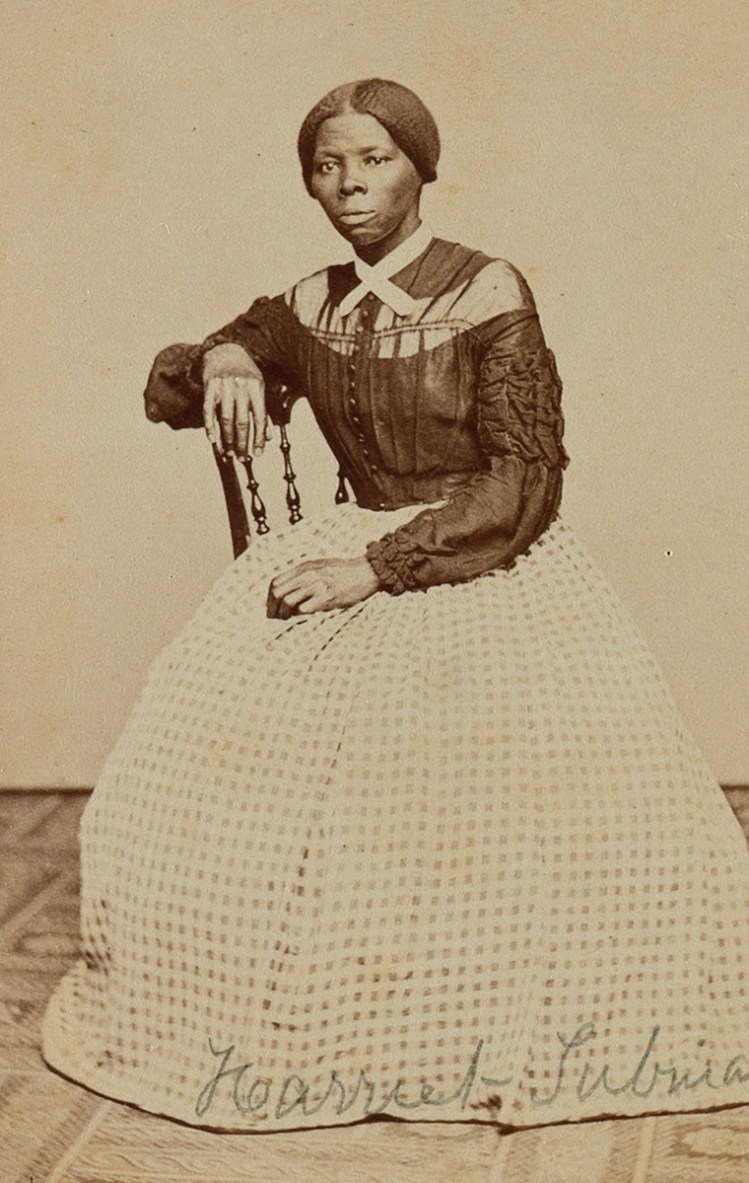CHURCH CREEK, Md. — Harriet Tubman looked north in 1849 and, seeing freedom, fled the Eastern Shore of Maryland and its system of human bondage.
What separates her from many other self-liberating slaves of the time was that she looked back. Tubman returned a dozen times or more, ferrying at least 70 people out of slavery on the Underground Railroad.
Nearly one year ago, a museum opened where her journey began near Church Creek in the swamps of southern Dorchester County.
And the Harriet Tubman Underground Railroad National Historical Park has proved a hit with the public. The National Park Service and the Maryland Department of Natural Resources, which run the site together, recorded more than 100,000 visitors in its first year.
Not bad considering the 17-acre park, one of the Park Service’s smallest properties, was designed to host a maximum of 75,000 per year.
“In our first year, we kind of blew that out of the water,” said Dana Paterra, the manager of the state park side of the operation. “We knew it would be a good thing, but we didn’t realize how far people would travel to learn about Tubman in her homeland.”
The park can trace visitors back to all 50 states and 60 countries, she said. Take Missy and Seth Warfield of Easton, Maryland, who brought another couple from the Washington, D.C., area on a day trip to the refuge and Tubman museum.
The staff has had little time to celebrate. March brings the first anniversary of the park’s opening day, along with festivities on the weekend of the March 10-11.
Meanwhile, park employees are prepping for the first round of upgrades, including the installation of listening stations for self-guided museum tours and the addition of books and computer equipment for a new research library.
The site’s popularity may lie in a quality it shares with its namesake. Like the 5-foot-tall Tubman, the park packs a force much greater than its relatively diminutive size suggests.
The parking lot was nearly full on a recent Tuesday, but that was largely the product of a seminar for local schoolteachers. For some, it was no easy journey.
“Driving up, I was like, ‘Dear Lord, this is in the middle of nowhere,’” said Kylie Vogelsang, a social studies teacher at Washington High School in Princess Anne, Maryland. “But I see why they did that.”
Park rangers are accustomed to giving drivers directions by now. Since the park opened, officials have added more highway signs while others have been tweaked for clarity.
Bereft of any artifacts from Tubman’s life, the museum relies heavily on the surrounding landscape to tell her story.
“You can look out our window and see what Tubman saw,” Paterra said. “It creates a very powerful connection for people to stand where Tubman stood.”
The park is nestled near two places that figure prominently in her early life: the plantation south of the community of Madison where she was born, and the small farm near Bucktown where she grew up.
No one can say for sure if the young Tubman trod the property where the museum rises. But she often hunted muskrat and worked alongside her father, Ben Ross, cutting timber, so there are few places she didn’t visit in the region, historians say.
The visitors center serves as the starting point to the Tubman Byway, a 125-mile driving tour that stretches through Maryland and Delaware and into Philadelphia. Highlights of the tour include the Bucktown Village Store, where her early resistance to slavery earned her a blow to the head, and the Cambridge wharf where kidnapped Africans were sold.
Space for the $22 million visitors center was carved out of the adjacent Blackwater National Wildlife Refuge, a hub for migratory birds. A synergy has emerged between the neighboring parks.
Designed by the Baltimore architectural firm GWWO, the visitors center resembles a telescoping quartet of barns. Once the trees and shrubs reach maturity, the winding, gravel trails on the property will give visitors a sense of what it must have been like as a refuge-seeking slave, unaware of what might be around the next bend.
Inside, Tubman’s story comes to life through sculptures depicting key scenes in her biography and through her own words.
One of the most subtle, but powerful, displays greets visitors just as they enter the building: a bronze bust of Tubman.
One important detail reveals itself, Paterra pointed out, only to those bold enough to look beyond the obvious to the dark reality just beneath.
There it is, on the opposite side of the bust, just above the fold in her collar: jagged, raised scars from where she had been whipped.
The bust’s creator, Brendan Thorpe O’Neill of Easton, based the image of the young Tubman on photographs taken when she was in her 60s. The sculpture stands on a slab of wood from Maryland’s original Wye Oak, perched at the height she would have stood.
Send questions/comments to the editors.



Success. Please wait for the page to reload. If the page does not reload within 5 seconds, please refresh the page.
Enter your email and password to access comments.
Hi, to comment on stories you must . This profile is in addition to your subscription and website login.
Already have a commenting profile? .
Invalid username/password.
Please check your email to confirm and complete your registration.
Only subscribers are eligible to post comments. Please subscribe or login first for digital access. Here’s why.
Use the form below to reset your password. When you've submitted your account email, we will send an email with a reset code.